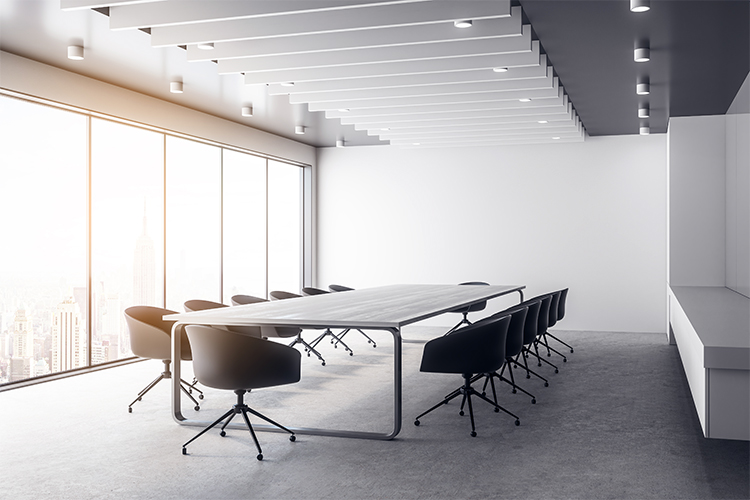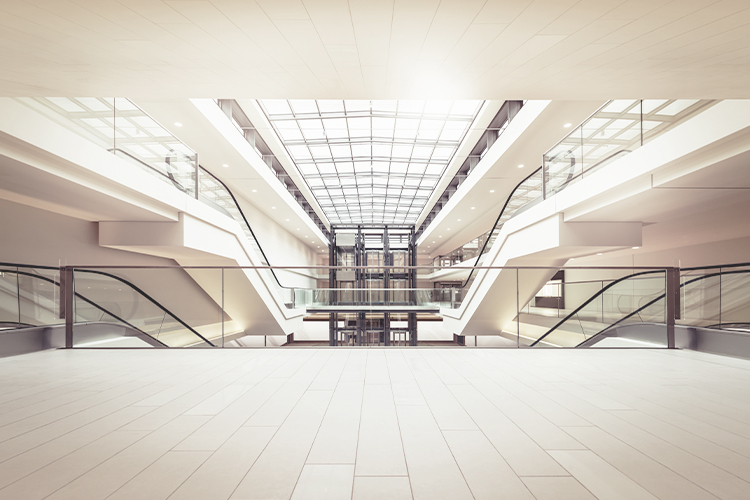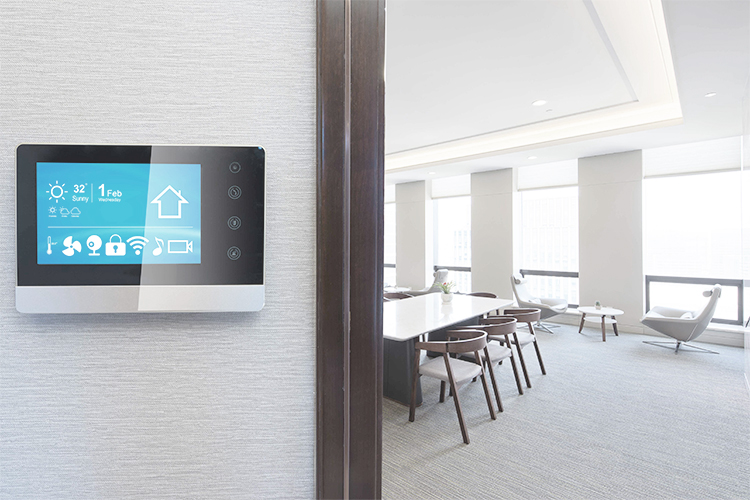
Many professionals underestimate the complexity of lighting projects until they live through a retrofit. The combination of energy usage, incentives, lamps and controls makes these projects more involved than they appear — but the payoff from upgrading lighting systems is worth it.
As companies look to maximize energy savings from modern lighting, decision-makers often run into similar questions that can be tough to answer, especially if lighting isn’t their area of expertise.
We’ve gathered these questions - and their related answers from our lighting specialists - to help guide your company through exploring updated lighting options.
- What are your current energy usage and rates?
Sustainability managers and facility owners typically pursue lighting retrofits to improve their building’s energy usage. To prove a cost savings after a retrofit, it’s important to establish a baseline of current energy costs. This is where a lighting audit is beneficial.
Lighting audits evaluate your building’s total energy usage to determine where companies will realize the most cost savings. Audits include every aspect of lighting energy usage from types of lamps to current operating performance levels of installed fixtures.
Once you are equipped with energy usage information, your team can set a realistic goal for ideal savings after a retrofit.
- What is your company’s desired internal rate of return?
When exploring a lighting retrofit, it’s common to make project decisions based on your company’s desired internal rate of return (IRR) — a.k.a. the time it takes a project to break even.
The set IRR is different for every company and every project, and it can drastically affect the scope of recommendations made by your lighting partner. When your IRR is well-defined, lighting specialists can advise on a combination of fixtures and functionality, or a tiered approach to your lighting retrofit, that meets your company’s goals while keeping the budget in check.
- Who are the key players in this decision?
A lighting retrofit is a long-term investment in your company’s future. The addition of controls with lighting has the potential to affect more stakeholders than your role alone, so it’s important to include “nontraditional” team members as you weigh your decisions. These include IT and finance departments since advanced controls have influence on them as well.
As you progress through your retrofit, your lighting partner will help determine who in your company needs to be in the conversation about advanced controls.
- What if your company isn’t ready for networked lighting controls?
After the work is done to evaluate your energy usage and weigh your retrofit options, you may determine your company is not ready to add advanced controls. Your lighting partner will guide you through workarounds that give you the best setup for your company’s specific situation.
One option is to add the right type of fixtures that are compatible with controls. You can put the control system in place at the time of the fixture installation, or add them later. Either way, you do not have to actually activate the networked functionality until you are ready. By doing this a company can capitalize on adding systems during the current retrofit without having to redo the entire system before it’s needed.
As new goals arise and new team members join, this is a good alternative to adding controls today because companies can “turn on” networked lighting down the road.
We understand the path isn’t always simple for sustainability managers who are exploring networked lighting controls. Fortunately, our lighting specialists live this journey day-in and day-out, helping companies make the best decisions for their lighting choices based on their business goals.
When you’re ready to get the most energy savings from your lighting retrofit, contact EMC’s lighting specialists for a consultation.


